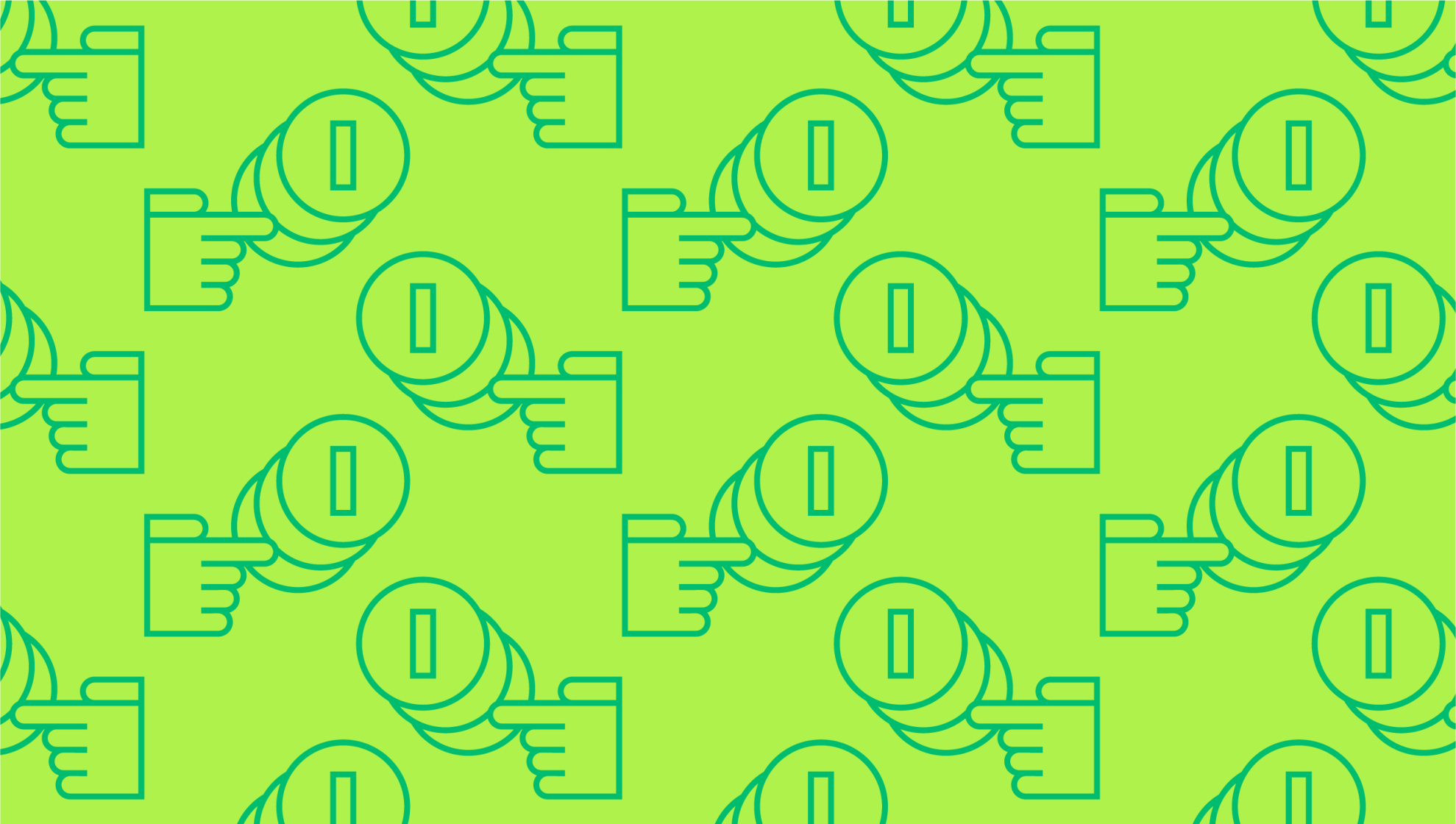Last editedNov 20222 min read
When shopping online, we tend to pay with our credit or debit cards. They are easy to use on the websites you want, when making a purchase. After all, we want our goods as quickly as possible and do not want the hassle of popping to the shops, when they are right there in front of us, on our screens. But how does the transaction happen when the card itself stays snug inside your wallet? This is what is called a Card Not Present transaction, or CNP for short. Let’s go into more detail about how a CNP transaction works.
What is a Card Not Present transaction?
A Card Not Present transaction occurs when the buyer makes a purchase remotely, enabling them to quickly complete the buying process. This means your goods will be dispatched and delivered soon after you make payment.
So, when can you make a Card Not Present transaction? Here are some examples of when a customer might want to use this option to pay for something.
Online orders
There are times when your customers will be browsing online and want to buy right away. So, this is where a CNP transaction will happen. The customer enters their card details on the payment page – this will include the 16 digit long number on the front of the card, the expiry date and the last three numbers at the back of the card (often called the CVC), as well as personal details such as their name and address. Once the seller receives these, they complete the transaction.
Unlike a POS (Point of Sale) transaction, the CNP transaction through an online purchase is more specific. The process is very similar but there are a few extra hoops to make it happen. This may include the transaction going through a payment gateway such as Sage Pay, before going to an acquirer linked to the card. Finally, your card issuer will authorise it. You do not notice this process as the purchase is authorised in mere seconds.
Phone orders
Customers may want to make a Card Not Present purchase over the phone. In this case, the retailer will need similar card details as for an online transaction. The long number on the front of the card, the expiry date and the last three numbers on the back. It is the seller’s responsibility to make the transaction, and it will show up on the customer’s bank statement as a CNP transaction. Customers can find this is a useful way of buying something on the quick, such as accommodation or tickets for events. It saves time and is as secure as an online transaction, as the seller needs access to the right machine or system.
Recurring payments
If the buyer doesn’t have access to a direct debit or standing order, they can use a CNP transaction to make sure their payments are put through on a regular basis. These are linked to the details the customer has provided and reoccur when needed. In this way, the transaction is as safe as other transactions, but the seller does not run the risk of an unpaid bill or similar.
Avoiding fraud with Card Not Present transactions
Retailers and other businesses involved in selling products need to be aware that Card Not Present transactions can be used for fraudulent purposes. Fraudsters will use phishing, card skimming and physically stolen credit and debit cards to scam traders – these purchases are also classified as Card Not Present. Fraud via CNP is a growing problem for merchants as well as the customers who have their money stolen from their bank account.
Merchants can take various steps to protect themselves from being defrauded through a Card Not Present transaction. It’s important to make sure you keep your authentication tools up to date, for example. One option is to use multi factor authentication – this links purchases to your customer’s verified mobile number. The customer needs to enter a one-time number you text them so they can complete the transaction. Find out more here about how to avoid card-not-present fraud.
We can help
GoCardless is a global payments solution, setting people and businesses free from the frustrations and cost of outdated payment methods. Find out how GoCardless can help you with one-off or recurring payments.


